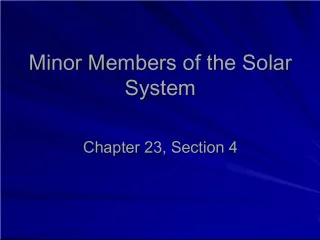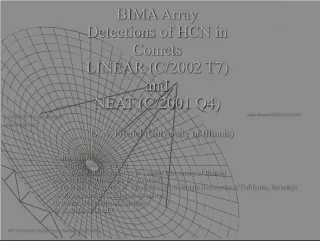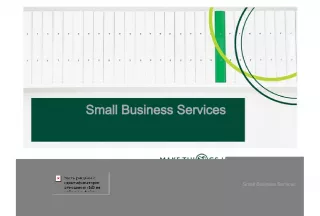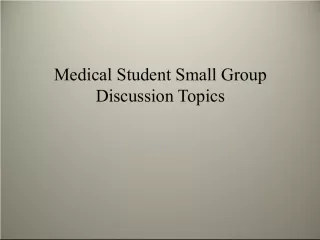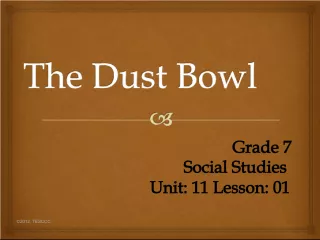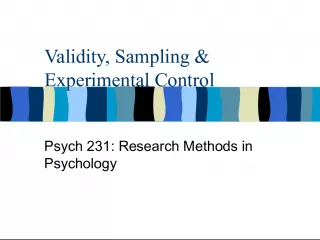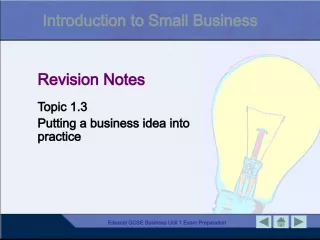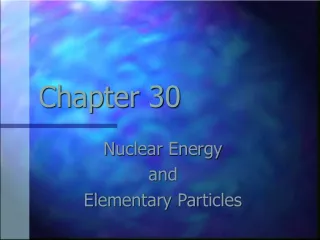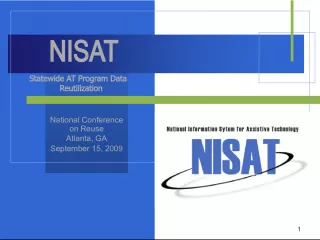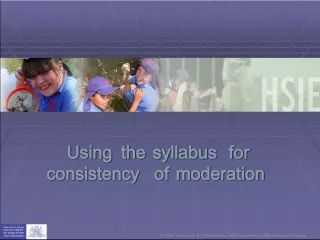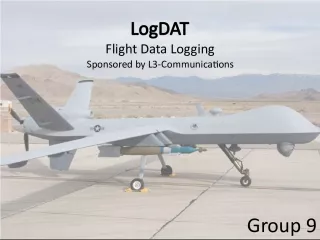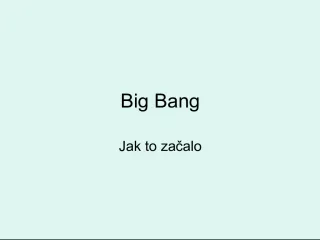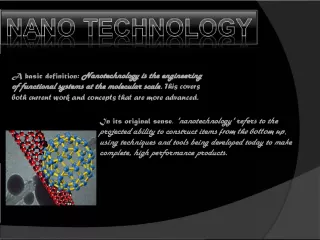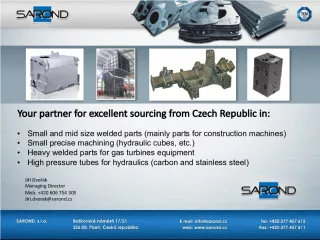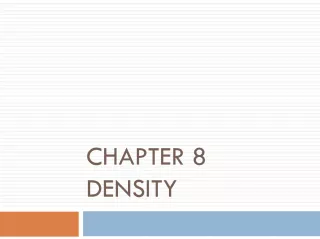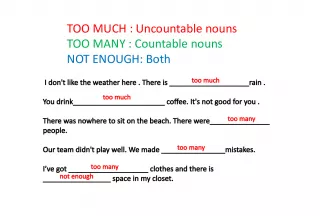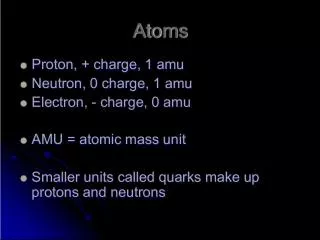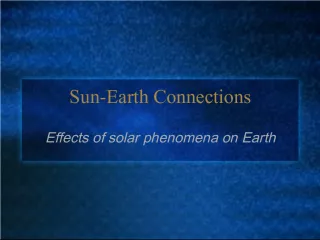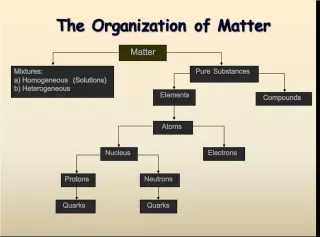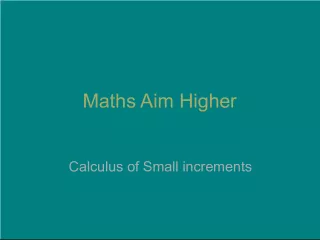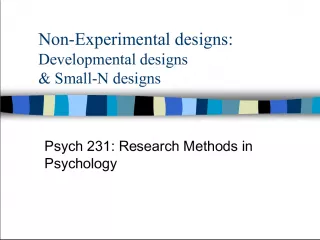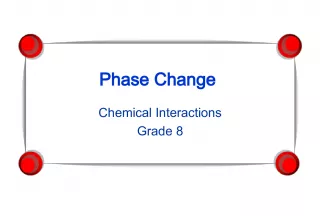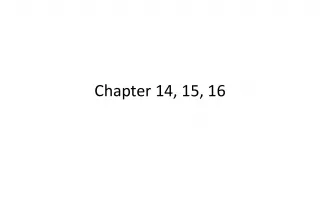Comets: Loose Collection of Ice, Dust, and Small Rocky Particles
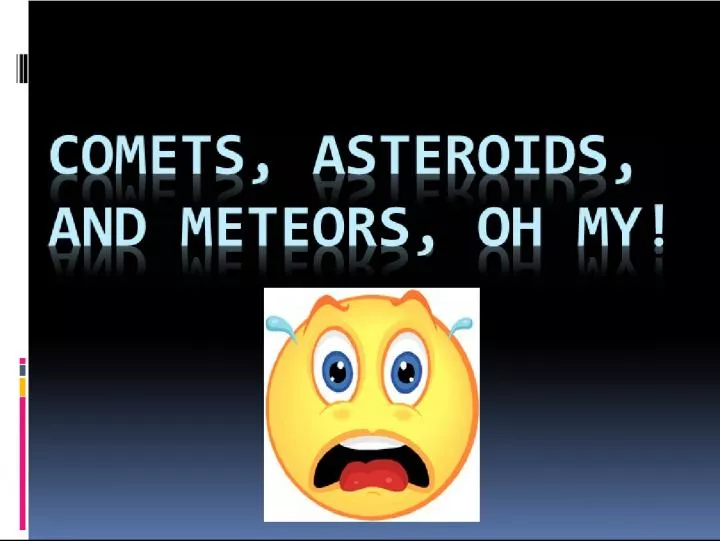

This article explains what comets are, how they are formed, and where they are found. Comets are loose collections of ice, dust, and
- Uploaded on | 1 Views
-
 ritthy
ritthy
About Comets: Loose Collection of Ice, Dust, and Small Rocky Particles
PowerPoint presentation about 'Comets: Loose Collection of Ice, Dust, and Small Rocky Particles'. This presentation describes the topic on This article explains what comets are, how they are formed, and where they are found. Comets are loose collections of ice, dust, and. The key topics included in this slideshow are . Download this presentation absolutely free.
Presentation Transcript
Slide1
Slide2Comets Loose collections of ice, dust, and small rocky particles Orbits are usually very long, narrow eclipses When orbit come close to Sun, it heats up, ice turns into gas, releasing dust
Slide3Structure of a Comet Coma – gas and dust that form an outer layer Nucleus – inner layer of comet Tail – can stretch for millions of kilometers
Slide4Where are comets found? Kuiper belt – disc-shaped region of icy objects beyond the orbit of Neptune (billions of kilometers from our sun) Oort Cloud – spherical cloud of comets Spans 30 trillion kilometers from the sun
Slide5Kuiper Belt
Slide6Oort Cloud Jan Oort Hypothesized cloud in 1950
Slide7Bayeux Tapestry Commemorates the Norman Conquest of England in 1066, depicts an apparition of Comet Halley .
Slide8Halley’s Comet 76 years
Slide9Halley’s Comet
Slide10Comet Shoe-Maker Levy 9 Short periodic comet 1993 collided with Jupiter
Slide11Meteoroid Come from comets or asteroids Chunk of rock or dust in space Fun Fact: On average a meteor streaks overhead every 10 minutes!
Slide12The Life of a Meteoroid Comets or asteroids break to create a meteroid Meteroid enters Earth’s atmosphere meteor (burns up in the sky) Meteroid passes through Earth’s atmosphere and hits Earth’s surface meteorite
Slide13Meteor Showers October 20, 2011 – pieces of Halley’s comet
Slide14Asteroids Rocky objects revolving around the sun Too small and numerous to be planets Asteroid belt found between Mars and Jupiter Asteroid Ida
Slide15Asteroid Belt Where the majority of asteroids are found
Slide16Big Bang Theory 65 million years ago Yucatan Pennisula, Mexico Crater 200 kilometers in diameter
Slide17
Slide18Why are there so manycraters on the moon compared to the Earth? Moon has no atmosphere Earth’s atmosphere wipes away evidence of craters (wind and water erosion, earthquakes) Burns up meteors
Slide19Impact Craters Eye of Quibec Barringer Crater (AZ) 200 million years old 50,000 years old
Slide20Lunar Craters
